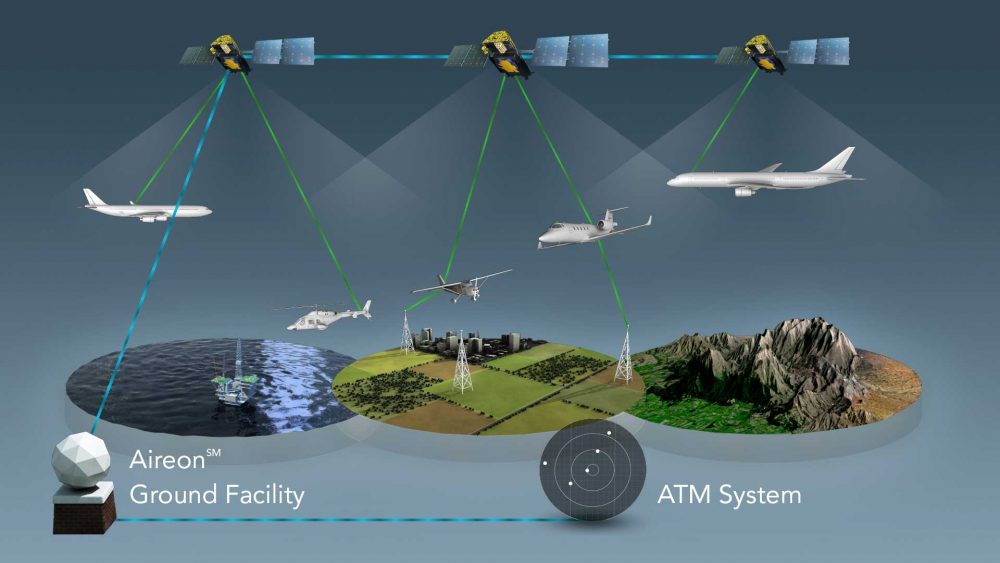A new report by the Flight Safety Foundation sings the praises of ADS-B technology. ADS-B is being introduced by many countries around the world as next-generation air traffic management systems are introduced.
Benefits Analysis of Space-Based ADS-B investigates the application of space-based automatic dependent surveillance-broadcast (ADS-B) networks to meet the predicted safety challenges of air traffic growth over the next 20 years.
The study also assesses how space-based ADS-B can enhance the world’s aviation network by introducing a near-real-time flight surveillance capability that provides 100 percent global coverage.
Key points are:
Oceanic and remote airspace lacks surveillance Space-based ADS-B will provide a critical near-real-time surveillance enhancement while also enabling reduced oceanic separation. This may prompt a review of performance-based operations and the underpinning communication, navigation and surveillance requirements in favor of reductions in separation minima.
Aircraft position errors that occur on or near the boundaries of two different flight information regions (FIRs) are still relatively common. The integrity and accuracy of space-based ADS-B should introduce significant safety benefits. In addition, handover between air traffic controllers (ATC) at FIR boundaries should be more precise, reducing ATC and pilot workload.
Current flight trajectory monitoring is generally limited to every 30 minutes in oceanic and remote airspace, which can result in significant off-track errors. With an anticipated data-update rate of once every 8 seconds, space-based ADS-B will introduce an almost real-time detection of aircraft not conforming with its intended and planned flight path.
ATC and pilot workloads are hampered by inefficient traffic management strategies over oceanic and remote airspace. Space-based ADS-B is expected to reduce controller and pilot workload, due to ADS-B’s ability to display an accurate and near-real-time picture for ATC.
Insufficient surveillance capabilities and lack of redundancy over designated conflict zones and volcanic ash clouds. In contested or obscured airspace where reliable surveillance is not available, space-based ADS-B should enhance strategic planning, contingency management and operational situational awareness.
Locating “black boxes” can prove challenging to rescue teams and air accident investigators due to extensive search areas and inhospitable environments. When “black box” data is missing or unavailable, space-based ADS-B may provide supplementary time-critical flight data to assist in the investigation of aircraft incidents and accidents.
“Space-based ADS-B has the potential to significantly improve flight safety, efficiency and the health of the industry overall,” said Greg Marshall, vice president, global programs for Flight Safety Foundation.
“The ability to provide near-real-time global surveillance is a game changer for the aviation industry. This type of innovative capability comes along once in a generation. I think we can all agree, it is always safer when the controller knows exactly where the plane is, 100 percent of the time.”
Download a copy of Benefits Analysis of Space-Based ADS-B here












